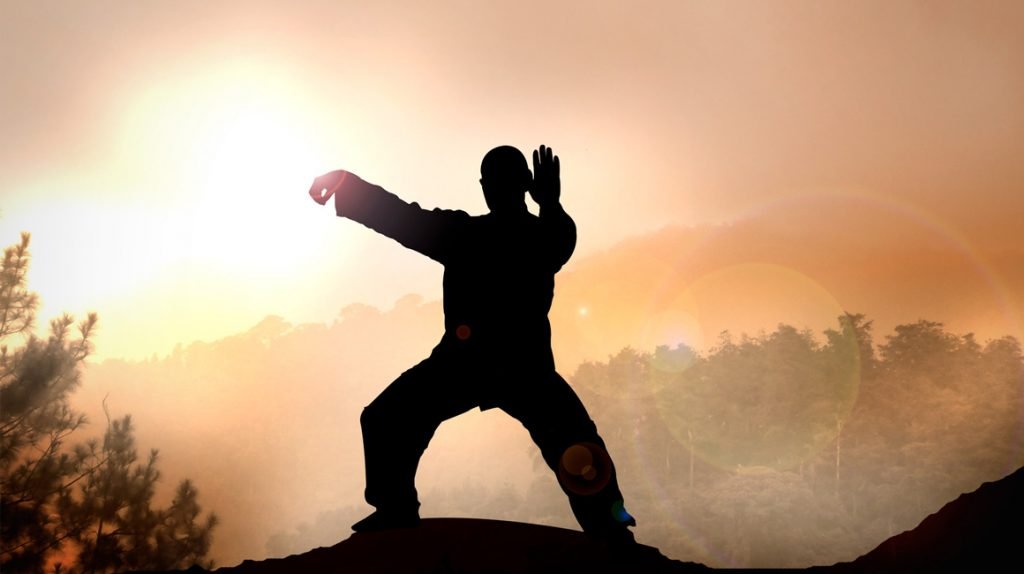As a raw beginner or even an experienced practitioner learning a new form, the concentration, effort and focus required is significant. Many beginners get a little frustrated; ‘why can’t I get this?’ or ‘its actually harder than it looks’ are common comment’s. I have seen students become mildly frustrated with themselves while trying to achieve a new form. I know I was certainly in that category; and being a perfectionist didn’t make it any easier.
Learning a new movement pattern or sport requires numerous processes to occur from the brain level right though to the muscle level, as well as memorizing it all. It will come as no surprise that the area of skills training and performance in the sporting arena has been well studied.
Today’s blog post will give you an understanding of this process and why it takes time to perfect a new form. When learning a new movement pattern we have to develop motor skills. This refers to the connection from the brain, the nervous system and control of the muscles in order to achieve the movement.
So when learning a new Qigong or Taijiquan routine you first see it and hear a verbal description which your brain has to interpret and understand. This is followed by trying to replicate the movement by getting you body parts to move in a coordinated way. This is called motor acquisition and has received significant scientific study over the years in an effort to produce elite athletes in the sporting world.
In 1967 a new paradigm in understanding motor learning skills was created by Fitts and Posner who were studying this field. They proposed that there are three stages of motor learning; the cognitive, associative and autonomous stages.
Cognitive stage
During this stage instructions, guidance, slow motion drills are given and learners must use cognitive and verbal processes to build a new knowledge base. Basically understanding what to do! And then getting their own body to replicate the movement via the motor skill acquisition. This is where motor learning begins through cognition and processing of information. This is the biggest hurdle for new beginner’s and may leave you feeling a little fatigued. However the fatigue is more mental than physical, and perfectly normal.
The cognitive stage is characterized by us having large gains in performance, however they are inconsistent in the beginning. This then leads us into the Associative stage.
Associative stage
This stage is characterized by less requirement for verbal input, with smaller gains in performance, more requirement of conscious performance, adjustment making, awkward and disjointed movement and taking a long time to complete. This is the ‘frustration’ stage for many.
This is where your instructor makes movement adjustments and corrections. Breaking down movements and stringing together small movement skills. This is how we develop new motor pathways in our nervous system. Repetition and constant correction is required through this stage.
Autonomous stage
This is the final stage in Fitt’s and Posner’s paradigm – motor acquisition. It can require months and years to completely arrive at this stage. This is where all the small motor skills become more autonomous becoming a complete movement or set of movements. Cognitive processing demands are much less, and detailed refinement can happen. An example of this is your Tai Chi walking; once practiced for long enough it becomes more automatic in the sense you no longer have to check knee alignment, foot spacing and whether you are bobbing up. Correct arm postures become more automatic, i.e., not straightening, and keeping your elbows below shoulder height. This however doesn’t mean you become unconscious of your overall movements and form.
Obviously these stages have overlap in the learning of and perfecting of your routine. As a beginner when the nuts and bolts of Tai Chi (which are the stances, walking, using the waist etc) become more Autonomous it frees you up for greater refinement, and quality of movement. We can draw the analogy with learning to drive a car and learning to use the break and clutch peddles. At first you have to learn where the peddles are in physical space and press them without looking. Secondly how hard to press the peddles – associative stage. Surely you remember hitting the break peddle too hard and pulling up too quickly. Then getting control of the clutch peddle and not lurching the car. With practice and repetition these became automatic- autonomous stage. You couldn’t do it straight away, it had to be explained and you may have observed your parents or instructor prior to learning – cognitive stage.
Elite basketball players have to shoot tens of thousands of baskets before they get the shot every time, i.e., repetition and refinement, and so it is with your Qigong and Tai Chi. Learning to move your body in a completely unfamiliar way requires developing motor control which takes time.
So if at times you feel a little frustrated or are struggling to get a movement, this is entirely normal when learning new movement skills. Hopefully having a basic understanding motor control or acquisition makes you realize why learning your Qigong and Tai Chi is often harder than it looks. But you get there in the end.
Yours in Qigong and Taijiquan

What eventually it is necessary to it?